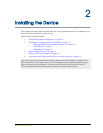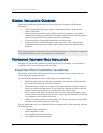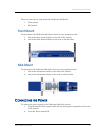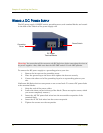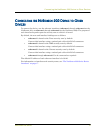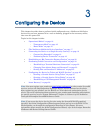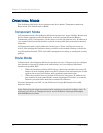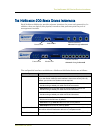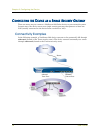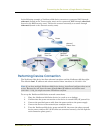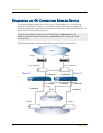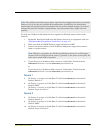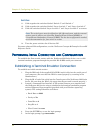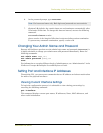
Chapter 3 Configuring the Device
16 User’s Guide
OPERATIONAL MODES
The NetScreen-200 Series device supports two device modes: Transparent mode and
Route mode. The default mode is Route.
Transparent Mode
In Transparent mode, the NetScreen-200 device operates as a Layer-2 bridge. Because the
device cannot translate packet IP addresses, it cannot perform Network Address
Translation (NAT). Consequently, for the device to access the Internet, any IP address in
your trusted (local) networks must be routable and accessible from untrusted (external)
networks.
In Transparent mode, the IP addresses for the Layer-2 Trust and Untrust zones are
0.0.0.0, thus making the NetScreen device invisible to the network. However, the device
can still perform firewall, VPN, and traffic management according to configured security
policies.
Route Mode
In Route mode, the NetScreen-200 device operates at Layer 3. Because you can configure
each interface using an IP address and subnet mask, you can configure individual
interfaces to perform NAT.
• When the interface performs NAT services, the device translates the source IP
address of each outgoing packet into the IP address of the untrusted port. It also
replaces the source port number with a randomly-generated value.
• When the interface does not perform NAT services, the source IP address and
port number in each packet header remain unchanged. Therefore, to reach the
Internet your local hosts must have routable IP addresses.
For more information on NAT, see the NetScreen Concepts & Examples ScreenOS
Reference Guide.
Note: Performing the setup instructions below configures your device in Route mode. To
configure your device in Transparent mode, see the NetScreen Concepts & Examples
ScreenOS Reference Guide.




